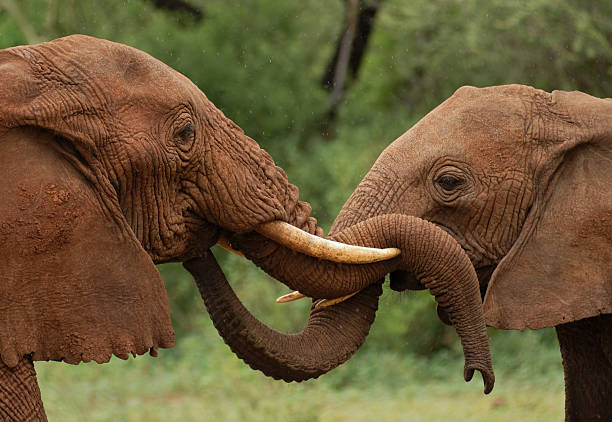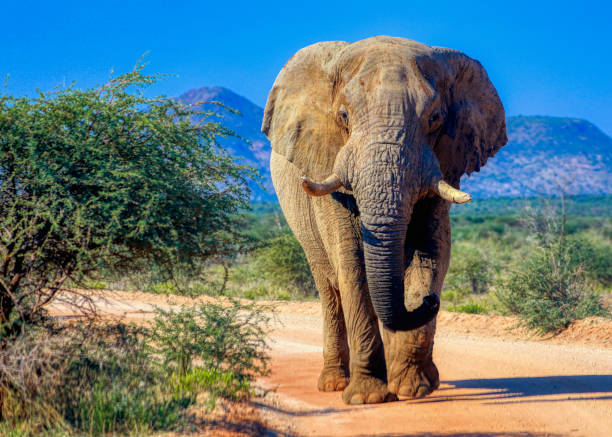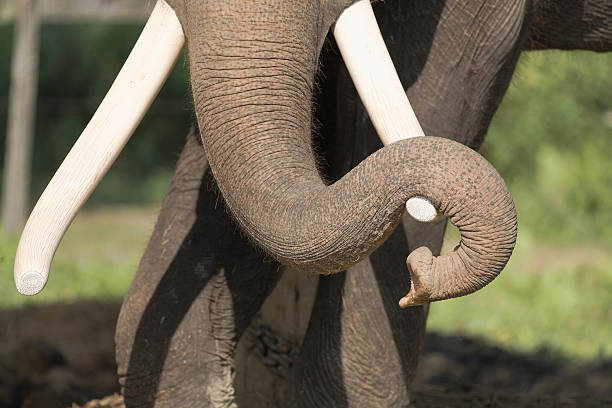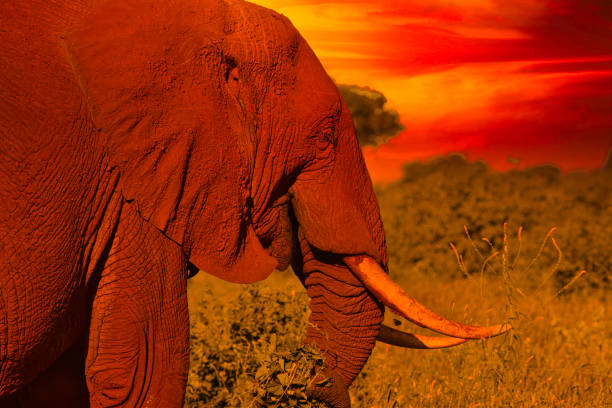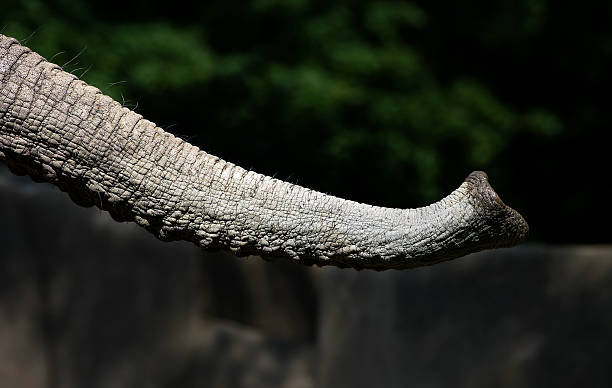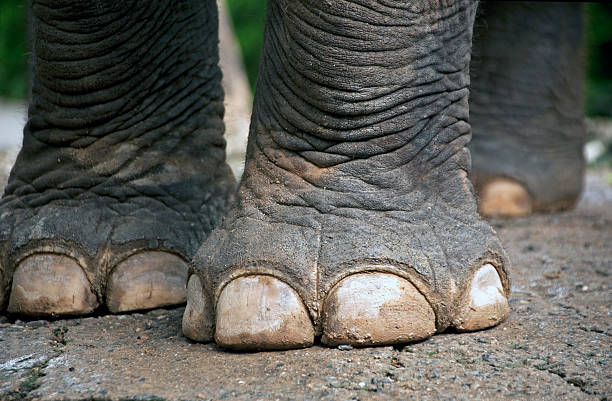What color are Elephants? The natural color of Elephant is Greyish Black. Dark grey or you can say that grey and black combination is the natural color of the Elephant. Elephants also appear to the same color as of the soil. But mostly Elephants in the forests and in the Zoo’s are of Greyish Black color because of their nature. Ask anyone about the color of the Elephant, he will un-doubtly say just in seconds that they are of Grey black color because everyone knows their natural color.
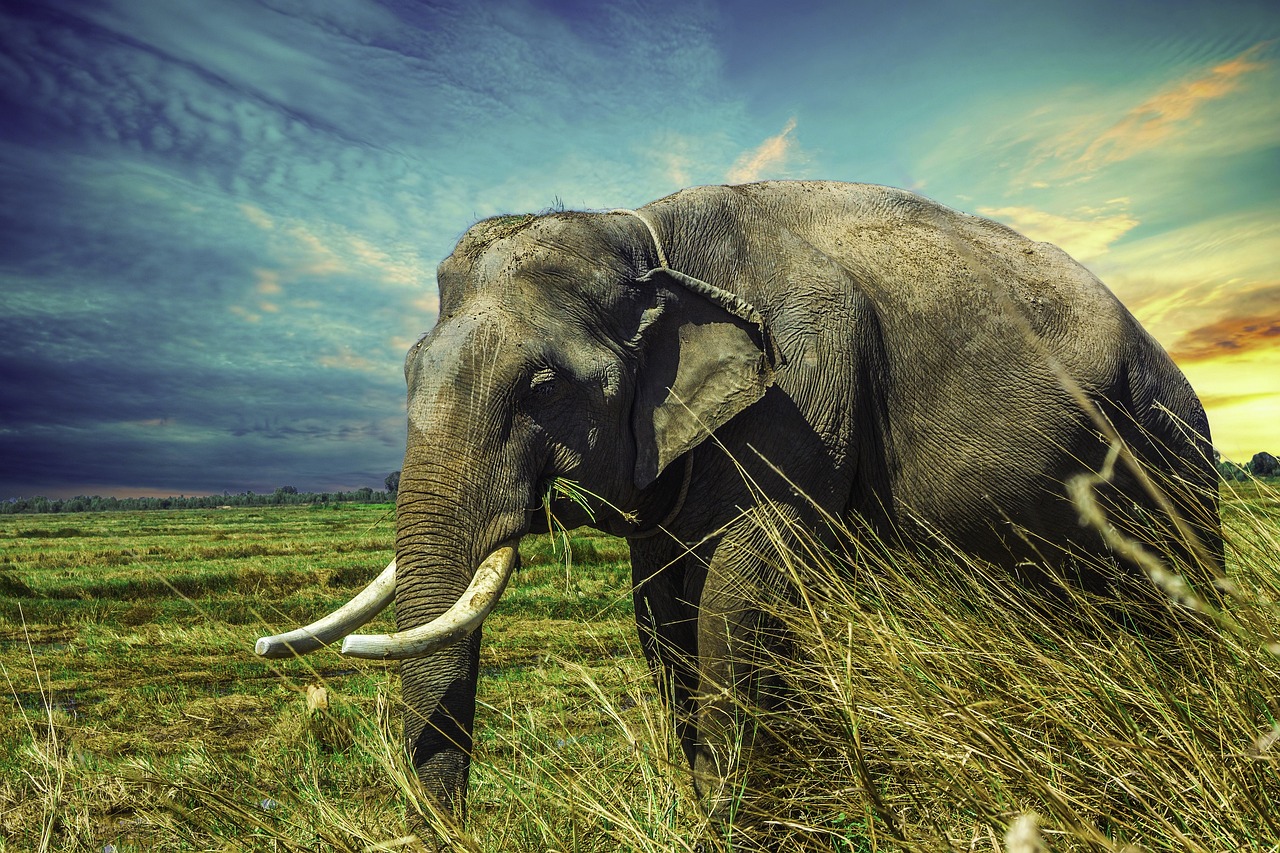
 What are Elephants?
What are Elephants?
Elephants are the mammals. They belong to the family of the Elephantidae. Elephant is one of the largest existing land animal. elephants have long trunks, tusks, large ear ■■■■■, massive legs and tough skin. Elephants use their trunk to breath and to bring water and food to their mouth. Tusks are used as teeth to move and dig things. Large ears are used for maintaining body temperature in the form of air. ears are also used for communication purposes. Legs of the Elephants carry their heavy weights.
 What are the species of Elephant?
What are the species of Elephant?
There are three species of elephants which are recognized. They are;
-
African Bush Elephant - It is the largest terrestrial animal specie of Elephants. They are 13 feet long and have bulls reaching their shoulders. Both male and female of this specie have tusks.
-
African Forest Elephant - It is one of the two living species living in the Africa. It is also native in Congo Basin and West Africa. This specie of Elephant is smallest from other two. Both male and female of this specie have straight and downpointing tusks.
-
Asian Elephant - It is also known as Asiatic Elephant. It is the only specie of the family Genus Elephus It is found in subcontinent and in the Southeast Asia. It is similar in appearance to other species.
 What is the Scientific classification of Elephant?
What is the Scientific classification of Elephant?
Scientific classification
Kingdom: [Animalia]
Phylum: [Chordata]
Class: [Mammalia]
Order: [Proboscidea]
Family: [Elephantidae]
Subfamily: [Elephantinae]
 What is the habitat of Elephant?
What is the habitat of Elephant?
Elephants are mostly found in Africa, Asia and South Asia. They are also found in several habitats like in many forests, Savannahs, deserts and many other places are used by Elephants as their habitat which suits to them. Mostly they choose to live in that habitat which offers water to them because it becomes easy for the to drink and store in watery habitat.
 What color are elephants wet?
What color are elephants wet?
Elephants give different shade when they are wet. Different Elephants living in variety of habitats show difference in appearance when they are wet. Elephants in Thailand are of light brown color in appearance, but when they become wet, they give pinkish shade in color. African Elephants are of light greyish in color, they give brownish shade when coated in soil. They give black shade when they are wet.
 What Colors are elephants?
What Colors are elephants?
There are many colors of Elephants in present times. They are not only grey in color. Elephants sometimes are of red, blue and sometimes there are white elephants Elephants sometimes appear as polka-dotted and stripped. Elephants sometimes gleam in brass. They sometime appear in burnish wood color. These are some colors of elephants in which they appear.
 Are there black elephants?
Are there black elephants?
To find black elephant is a difficult thing. It is like to distinguish between milk and buttermilk. It is not easy to take odd one out from all. Actually, Elephants are of grey in color, sometime dark or sometime light in appearance. But Pure Black color of Elephant is not common and it is also hard to find that color.
 Can Elephant see Color?
Can Elephant see Color?
In the day light, elephants are able to two kind of colors, which is green and red cones. They have color sensor of this color. Elephants can also sensor the blue and yellow color. But Elephants cannot distinguish between reds and greens in the night or sometimes in the day. That’s why they are called color blind.
 What Color is elephant GREY?
What Color is elephant GREY?
As we know, the color of Elephant is GREY. Elephant grey is a saturated color. Grey is saturated warm color in appearance. Grey is actually Merlot grey with an oaky undertone. This Grey color of elephant is a good combination of colors and it is also suggested for paint of homes. Exterior of home should be painted in this color because of its dark complexion.

 Are elephants GREY or blue?
Are elephants GREY or blue?
The natural color of Elephant is Grey Black. But elephants also adopt their habitat nature and some species of Elephants show the color which appears same to the color of the soil. It shows the color of the soil where elephant lives. Elephants are not blue because we haven’t seen them in blue color.
 Why is an elephant GREY?
Why is an elephant GREY?
To the date, the most suitable reason for Elephants being Grey is that large body of the elephant. Elephants have large bodies and they need to regulate their body temperature. for this reason, Elephants have grey body color because grey is best suitable for regulating temperature and it is best compromise between white and black.
 Summary
Summary
We summarized that Elephants are GREYISH black in color because of their nature. Elephants have different species and some species have colors matching with their soil and they show different complexion in skin colors. Elephants in Zoo’s and in forests are mostly of Grey color.

 Frequently Asked Questions
Frequently Asked Questions
Elephants show different colors sometimes according to their soil. That’s why people as some questions regarding the color of the elephant, which are;
 Does elephants breath go with GREY?
Does elephants breath go with GREY?
As you know, Elephants are of Grey color and they are large bodied animals. So, for the regulation of Air and for smooth breathing, elephants appear in grey color because they have to regulate air and grey color helps in maintaining body temperature and keeps your body on balanced temperature. That’s why, Elephants breath go with grey.
 What color is the African elephant?
What color is the African elephant?
Grey is the characteristics color of African Elephants. African Elephants are the largest living land mammals. They are wrinkled and grey in appearance. They have thick baggy skins with hairs and show grey color.
 What Colour are Indian elephants?
What Colour are Indian elephants?
The skin color of Indian Elephants are Greyish Black. or you can say little grey color of Elephants in India. In Asia, Elephants are of Asian specie and they are mostly grey in color because of their habitat and nature. Some Elephants show light grey color in complexion.
 Conclusion
Conclusion
What color are Elephants? Elephants are of grey color in nature. Some elephants have dark or blackish grey or some have brown complexion in color. There are three species of elephants in present world. Some are largest species and other are smallest. All the species have grey touch in skin color because of the Elephants nature and habitat.

